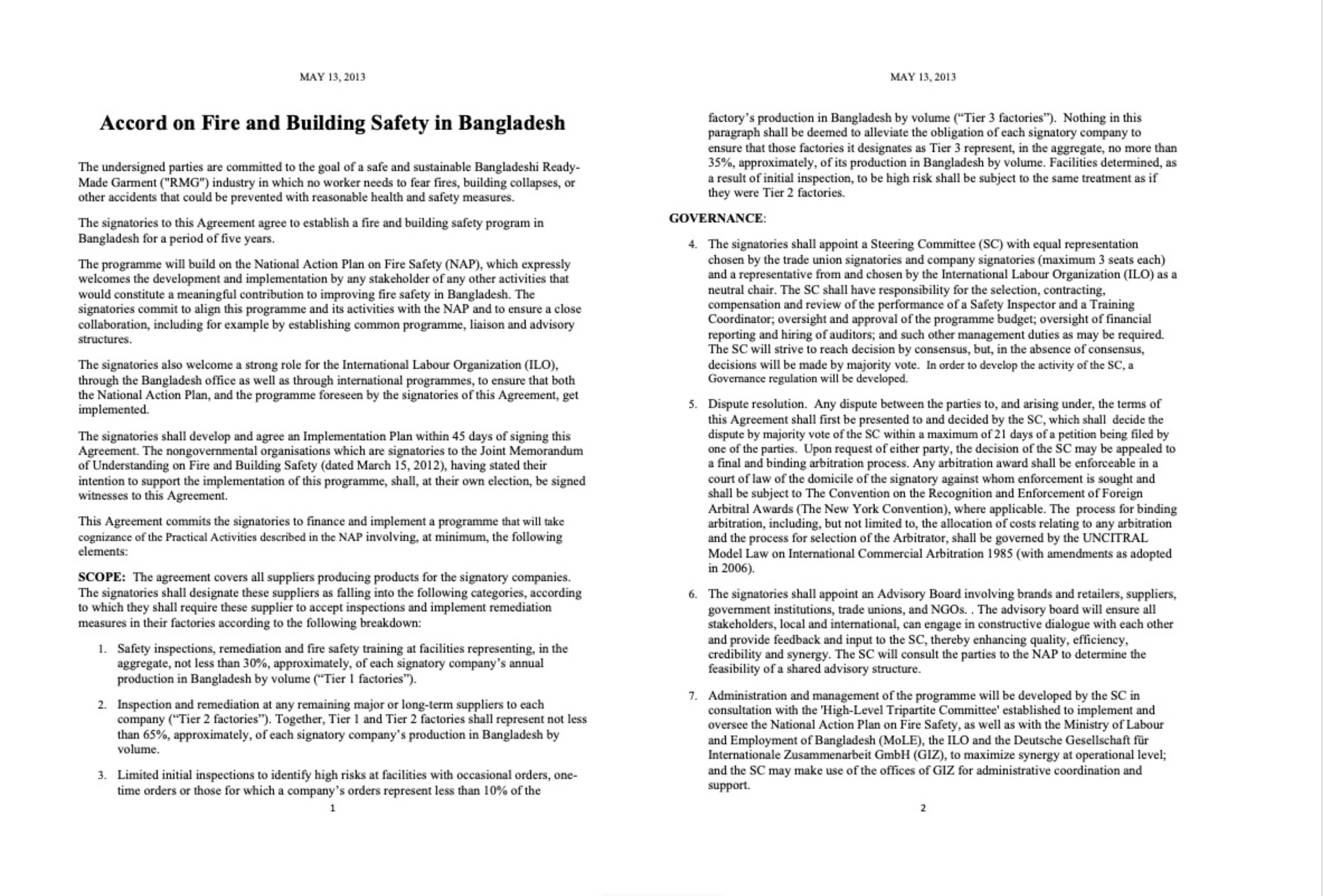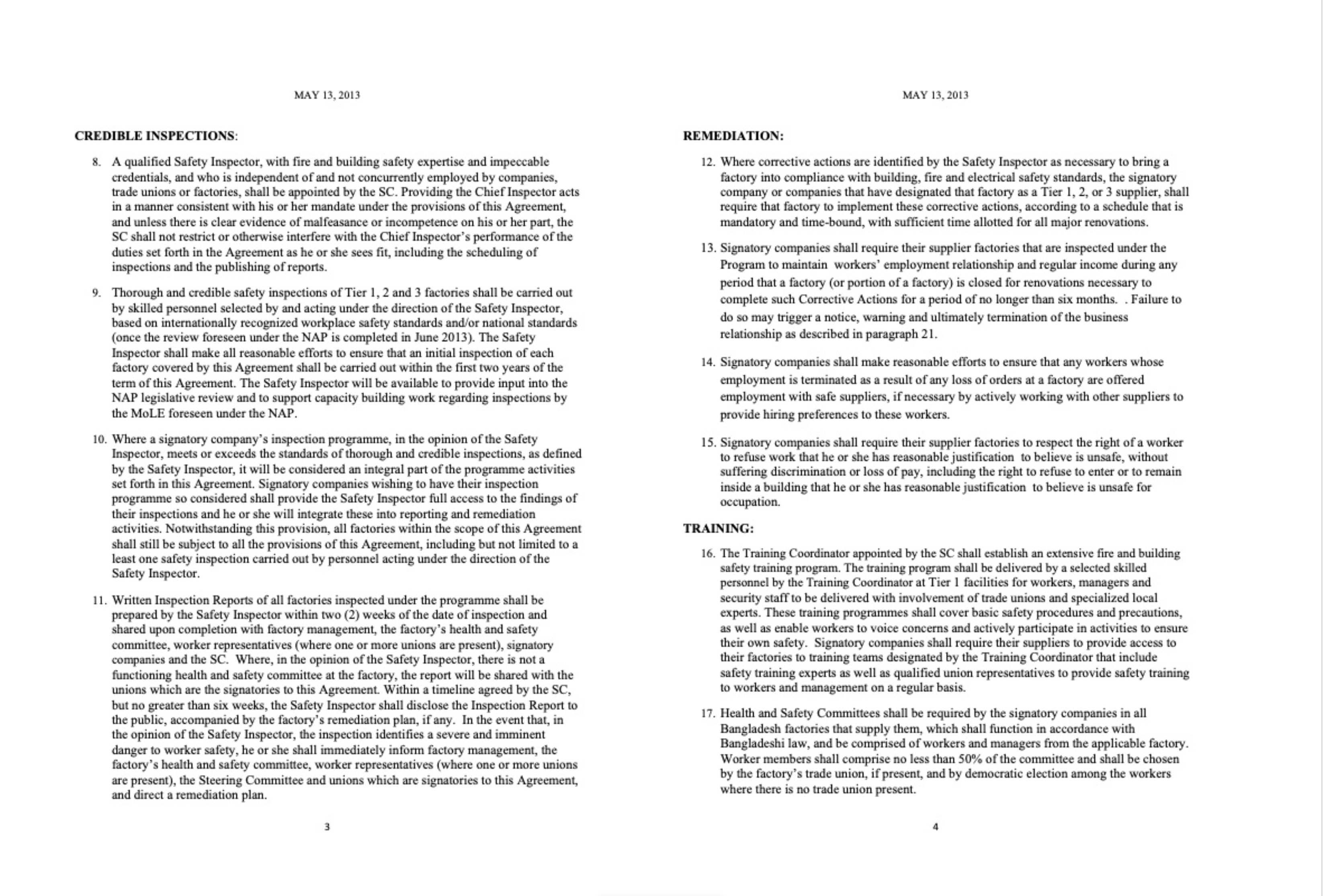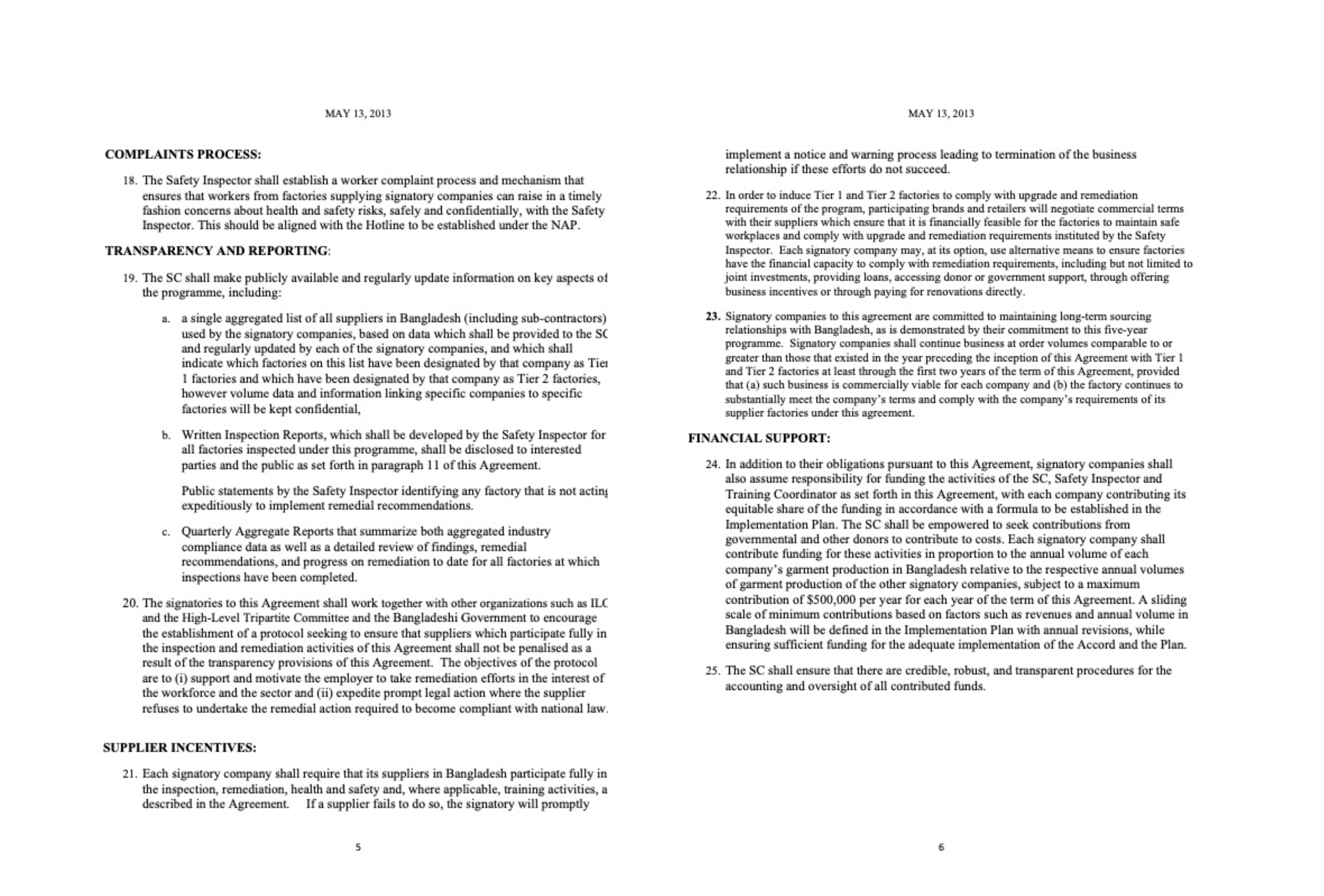

followthethings.com
Apps
“Find Your Doppelganger“
A concept for a mobile phone app submitted by Rachel Grant as part of a BA Geography dissertation at the University of Exeter, UK.
Full concept text below.
Student Rachel Grant likes to try out the latest apps on her smartphone. She’s tried ones that tell you which celebrity you look like. That’s OK. But there’s a photographer who finds unrelated people who look exactly alike. The technical terms is doppelganger. He arranges for them to meet, photographs them together and finds they feel connected, like lost relations. So what if there was a phone app – like the ones that help you find your celebrity lookalike – that could scan your face and introduce you to your supply chain doppelganger? A garment worker? A tungsten miner? A tea picker? A delivry driver? A plastic recycler? Someone who helped to make your stuff? Might you feel more empathetic towards supply chain workers if they looked like you? Would it be easier to imagine walking in their shoes? What if the ‘Find Your Doppelganger’ app gave you the chance to chat? What if you met up? What impact could meeting a lost ‘relation’ like this have on you?
Page reference: Rachel Grant (2024) Find Your Doppelganger. followthethings.com/doppelganger.shtml (last accessed <insert date here>)
Estimated reading time: 5 minutes.
Continue reading Find Your Doppelganger ![]()



